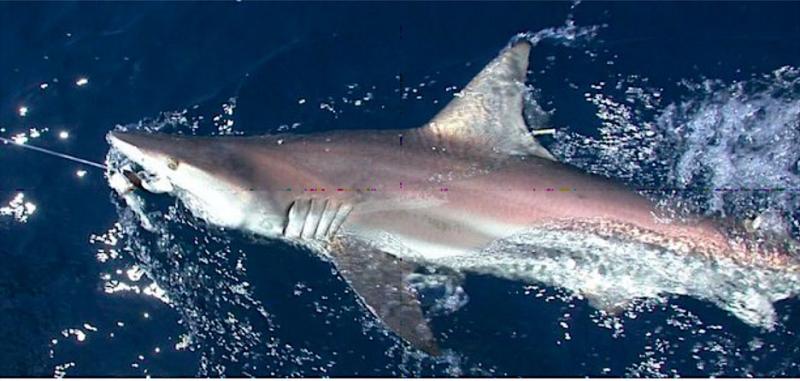The Cooperative Shark Tagging Program
In 1961, John “Jack” Casey began studying the life history of shark species in the Northwest Atlantic Ocean. At the time, he worked at the U.S. Fish and Wildlife Service’s Bureau of Sport Fisheries and Wildlife Laboratory in Sandy Hook, New Jersey. The following year, Casey created a program to study the distribution and movements of these highly migratory species. Recreational and commercial fishermen volunteered as citizen scientists to support this effort.
The Cooperative Shark Tagging Program started with fewer than 100 volunteer fishermen eager to help out with scientific research. It evolved into a significant source of shark data for NOAA Fisheries while promoting conservation through catch and release fishing. Thousands of fishermen, both in the United States and internationally, have contributed data throughout the past several decades. As Kate Zewinski, the program’s current coordinator, put it, “the data has helped change the course of knowledge on Atlantic shark movements and distribution.”
Some of those original volunteers are still taggers today.
“Since our program has been around for such a long time, the majority of our volunteers come to us by word of mouth, but we have attended fishing expos, conferences, and tournaments over the years to help get the word out,” said Cami McCandless, a research fishery biologist and the program lead.
“We have had more than 12,000 volunteers over the years, but the number of active volunteers is normally around 500 per year as an individual’s fishing activities vary from year to year.”
Anyone can volunteer with the Cooperative Shark Tagging Program. Volunteers are required to follow all local, state, and federal regulations where they fish and tag.
Learn more at fisheries.noa.gov.

